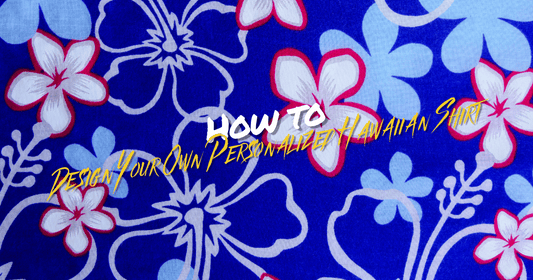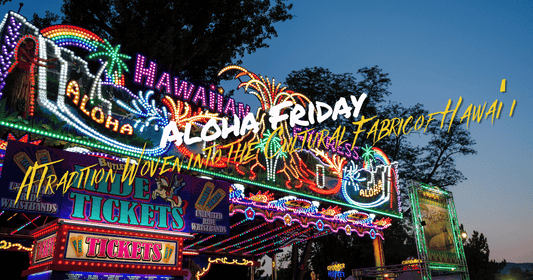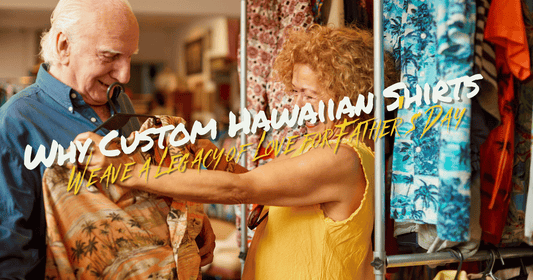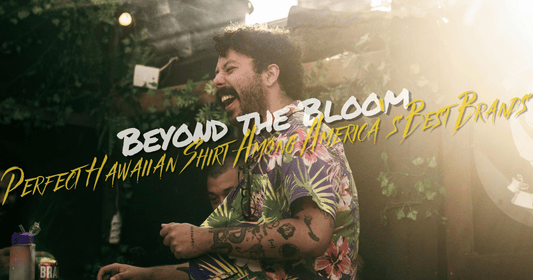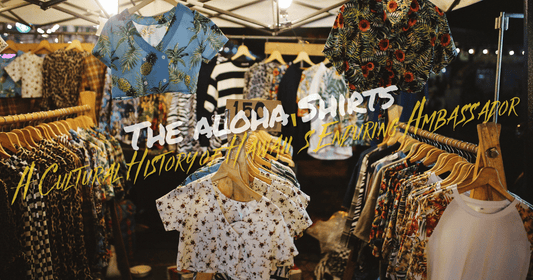Hula, a dance synonymous with the Hawaiian Islands, is not just a performance, but a deep cultural expression that reflects Hawaii's spiritual, historical, and social fabric. It's a dance that connects the physical to the spiritual, intertwining storytelling, sacred rituals, and the forces of nature into a harmonious experience. Originally, hula was the soul of Hawaiian communication, transmitting knowledge, history, and wisdom long before the advent of written language.
Origins in Mythology
The roots of hula are deeply embedded in Hawaiian mythology. Central to the dance are the goddesses Hiʻiaka and Laka. Hiʻiaka, the patroness of hula, created the dance to appease her sister Pele, the goddess of volcanoes, linking hula with the forces of nature, creation, and destruction. Laka is revered as the goddess of the hula itself, with some traditions tracing the origins of the dance to her on Molokaʻi. These divine stories underpin the sacredness of hula, establishing it as a spiritual and ceremonial practice rather than just entertainment.
Hula Kahiko: The Ancient Tradition
Hula Kahiko, the ancient form of hula, served as both a sacred ritual and a historical record. Performed with chants (oli) and accompanied by traditional percussion instruments, it conveyed Hawaiian genealogies, creation stories, and devotion to gods and royalty. The costumes, made from natural materials, reflected the dancers' deep connection to the land and deities. This style of hula was predominantly performed in religious ceremonies and cultural festivals.
Western Contact and Suppression
The arrival of Westerners in the 18th century brought with it a period of cultural suppression, particularly by Christian missionaries. Viewing hula as a pagan and immoral practice, they banned public performances in the 1830s, forcing hula into secrecy. Despite these efforts, hula survived in rural areas, symbolizing resistance and the preservation of Hawaiian cultural identity.
Revival under King Kalākaua
In the late 19th century, King David Kalākaua, known as the "Merrie Monarch," championed the revival of hula as part of a broader cultural renaissance. His efforts to bring hula back into the public eye were both an act of cultural preservation and a political statement in the face of foreign influence. Kalākaua’s coronation in 1883 featured grand hula performances, marking a symbolic return to Hawaiian traditions and a declaration of cultural sovereignty.
Hula ʻAuana: The Modern Evolution
The reign of Kalākaua also saw the birth of Hula ʻAuana, a more modern form that blended traditional Hawaiian elements with Western musical influences, including the ukulele and guitar. Hula ʻAuana became more secular, focusing on themes of love, beauty, and personal expression, distinguishing it from the spiritual and historical focus of Hula Kahiko. This new style of hula also adopted Western attire, moving away from the traditional clothing worn in Hula Kahiko.
The 20th Century: Commercialization and Kitsch
As tourism grew in Hawaii, hula became commercialized, often reduced to a stereotyped "hula girl" image - an exaggerated, sexualized portrayal designed for tourists. This commodification led to the creation of "hula kitsch," cheap, mass-produced items that diluted the true cultural significance of the dance. Despite these challenges, the Hawaiian Renaissance of the 1960s and 1970s saw a resurgence of interest in authentic hula, driven by a desire to reclaim Hawaiian cultural identity and heritage.
The Merrie Monarch Festival: A Modern Cultural Pillar
The Merrie Monarch Festival, founded in 1963, played a pivotal role in the revitalization of hula. Originally created to boost tourism, the festival shifted focus under the leadership of Dottie Thompson to become a celebration of Hawaiian culture, with hula at its heart. Today, it stands as the world's premier hula competition, where both Hula Kahiko and Hula ʻAuana are performed with strict adherence to authenticity and tradition.
The Enduring Legacy of Hula
Today, hula continues to thrive as a vital expression of Hawaiian identity. It is taught and practiced in hālau hula (hula schools) worldwide, ensuring the survival of this ancient art form. As part of the Hawaiian Renaissance, hula not only preserves the culture but also adapts to modern times, balancing tradition with innovation. It remains an enduring symbol of resilience, cultural pride, and the deep connection between Hawaiians and their land.


